The Indian government has revised the rules for the electric vehicle (EV) charging infrastructure. The Union power ministry has introduced new possibilities for EV owners looking to install associated charging points at their homes and consented to the allocation of government land to private entities through bidding for establishing public charging stations (PCS). Any individual or entity is free to set up public charging stations without the requirement of a license provided that, such stations meet the technical, safety as well as performance standards and protocols laid down under the newly announced guidelines.
Here are some alterations in the new guidelines that will make it easy for EV Owners to charge cars using existing electricity connections -
Government land at promotional rates will be available for installation of PCS through a Revenue Sharing Model-
To address the challenge of assembling a financially viable charging station in this nascent stage of EV adoption in India, a revenue-sharing model has been put in place for land used for the same. Land available with the Government/Public entities shall be equipped for the installation of Public Charging Stations to a Government/Public entity on a revenue-sharing basis for the installation of Public Charging Station at a fixed rate of ₹ 1 / kWh (used for charging) to be paid to the Land-Owning Agency from such PCS business payable every quarter. A revenue-sharing agreement shall be initially entered by parties for 10 years.
Timelines have been prescribed as per the Electricity (Rights of Consumers) for the installation of Public Charging Station (PCS)-
PCS shall be provided connection within 7 days in metro cities, fifteen days in other municipal areas, and 30 days in rural areas. Within these timelines, the distribution licensees shall provide a new connection or modify an existing connection.
The supply of electricity to EV Public Charging Stations will come with a tariff-
There shall be a single part tariff that shall not exceed the “Average Cost of Supply” till 31st March 2025. The same tariff shall be applicable for Battery Charging Station (BCS). The tariff applicable for domestic consumption shall be applicable for domestic charging.
State Governments will set the ceiling of service charges-
The State Government can take their call on the limit of Service Charges to be levied by such Charging Stations as- electricity is being supplied at concessional rates and the subsidy is being provided by the Central/State Governments in many cases for setting up Public Charging Stations.
Public Charging Station/ Chain of Charging Stations may obtain electricity from any generation company through Open Access-
Open Access shall be allowed for this purpose within 15 days of receipt of the application complete in all respect. They will be required to pay the applicable surcharge – equal to the current level of cross-subsidy (not more than 20 percent, as per the Tariff Policy Guidelines), transmission charges, and wheeling charges.
Public Charging Stations will be required to tie up with at least one online Network Service Providers (NSPs)-
To facilitate advance remote/online booking of charging slots by EV owners, such tie-ups help in providing online information to EV owners regarding location, types, and numbers of chargers installed/available, service charges for EV charging, etc.
At least one Charging Station to be made available in a grid of 3 Km X 3 Km-
To relieve the range anxiety of the potential EV owners, guidelines deliver that at least one Charging Station shall be available in a grid of 3 Km X 3 Km. Further, one Charging Station shall be set up at every 25 Km on both sides of highways/roads. For long-range EVs and/or heavy-duty EVs like buses/trucks etc., there shall be at least one Fast Charging Station with Charging Infrastructure Specifications every 100 Kms, one on each side of the highways/road located preferably within/alongside the Public Charging Stations.
These guidelines will help set benchmarks. Petrol is a commodity, with a price pegged to well-known benchmarks. Electricity, by contrast, comes at literally thousands of prices. Each of the country’s thousands of utilities establishes its own rates and charging comes at significantly different prices depending on the state, the electric utility service area, and the charging provider’s business model.
This is a promising approach with streamlined permitting to ensure to implementation of a cooperative charging installation process. A new coordinated charging infrastructure framework in the country could inform, coordinate, and catalyze investments across different stakeholders to enable India’s electric mobility transition. This policy change will improve the amount, type, and distribution of charging infrastructure that will be needed to support the transition of the electric passenger car, taxi, two-wheelers, private hire vehicle, and light commercial vehicle fleets. While delivering basic charging coverage has been essential in building faith during the early market in the EV space, further targeted charger implementation could spur charging investments and meet consumers’ needs. Ultimately, this will put India on a path toward achieving the target of 30% EV sales penetration for private cars, 70% for commercial vehicles, 40% for buses, and 80% for two- and three-wheelers.


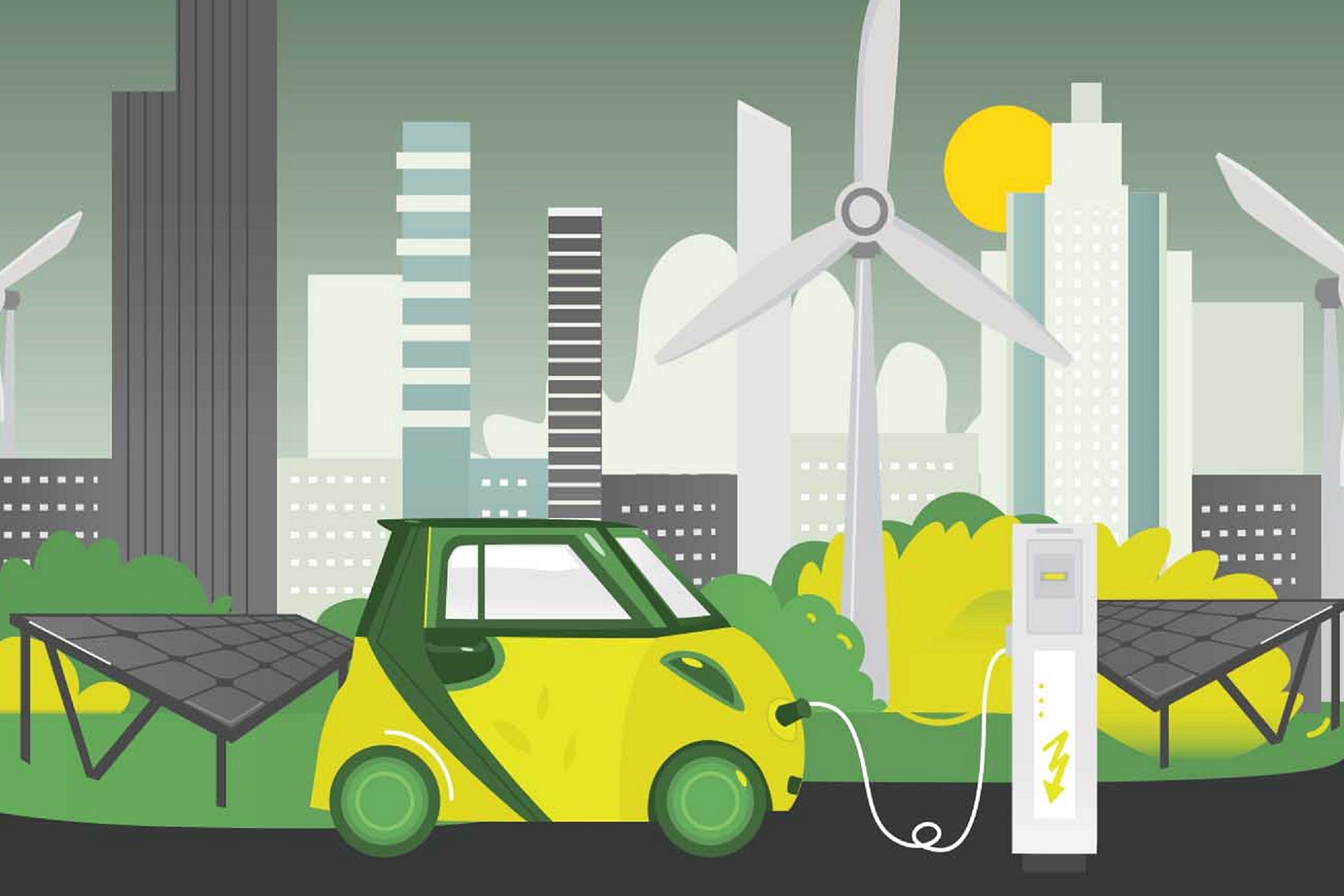

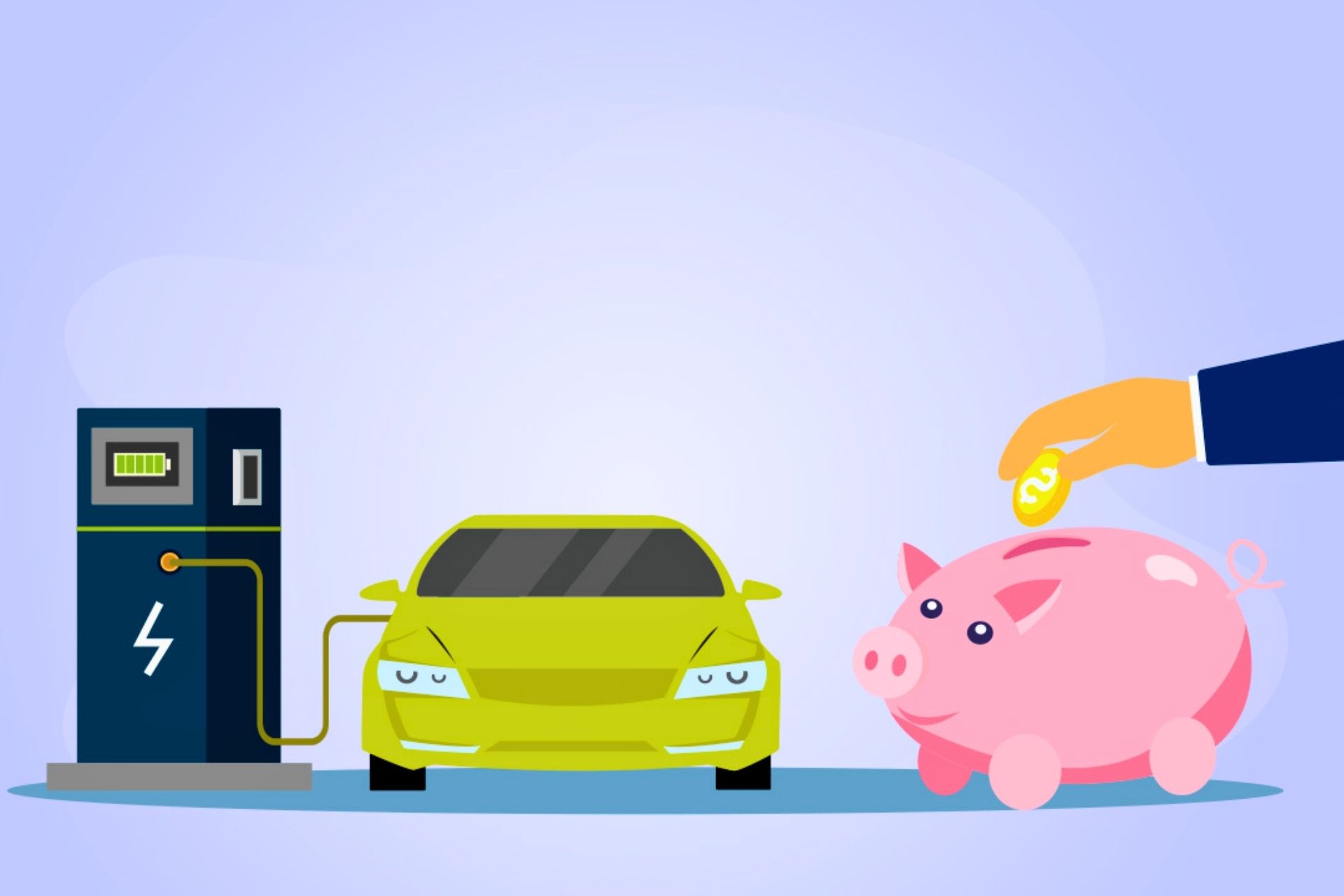
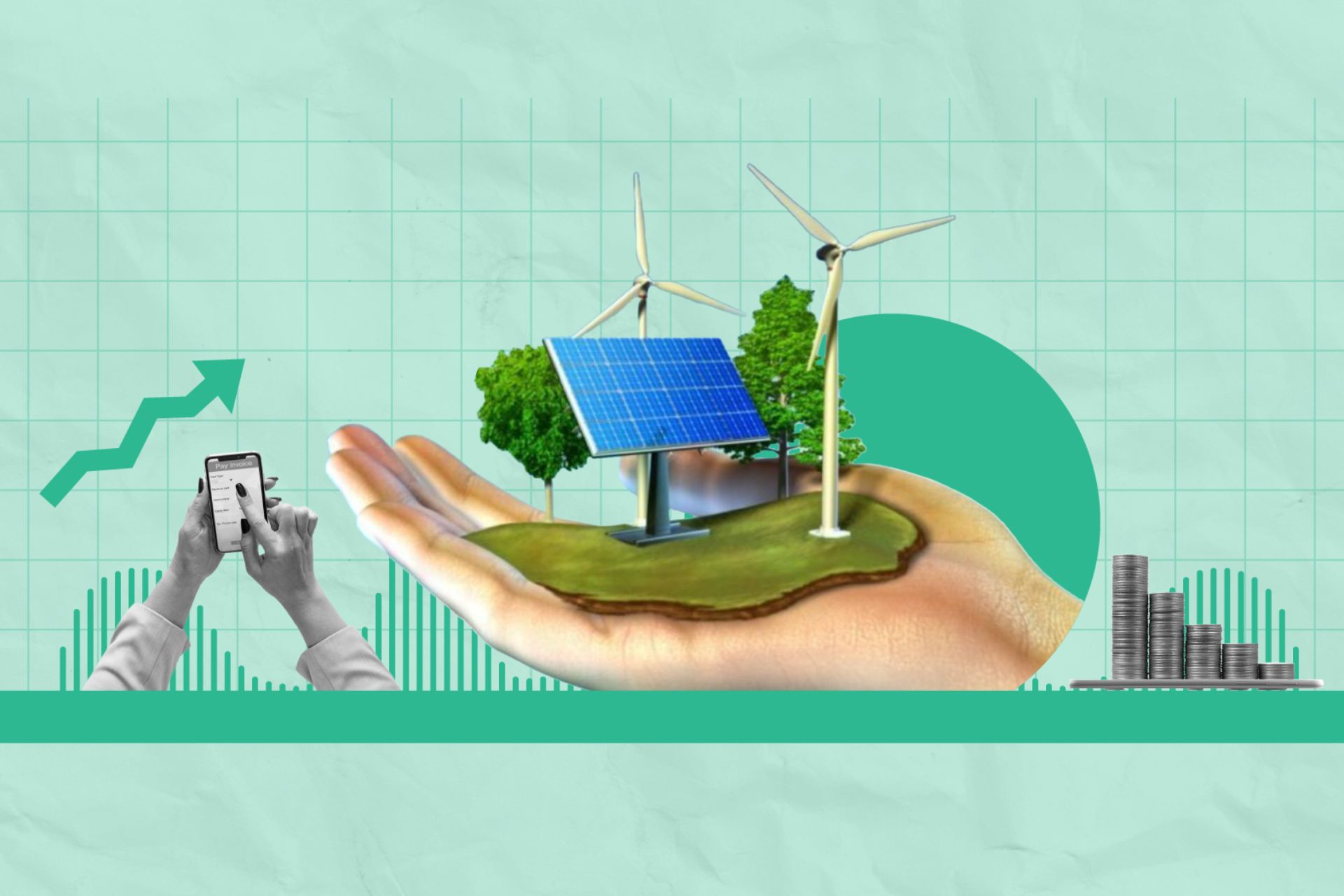
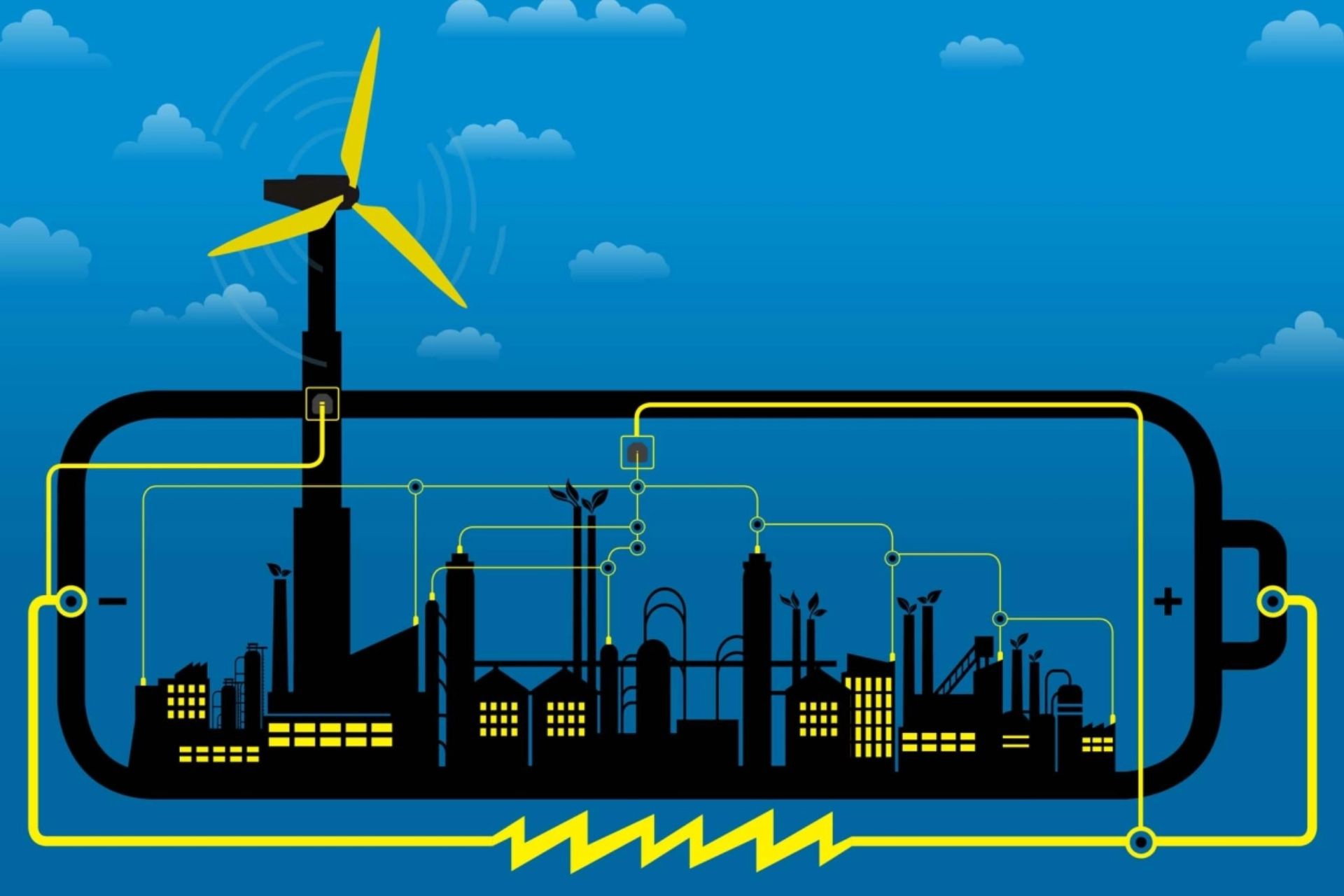
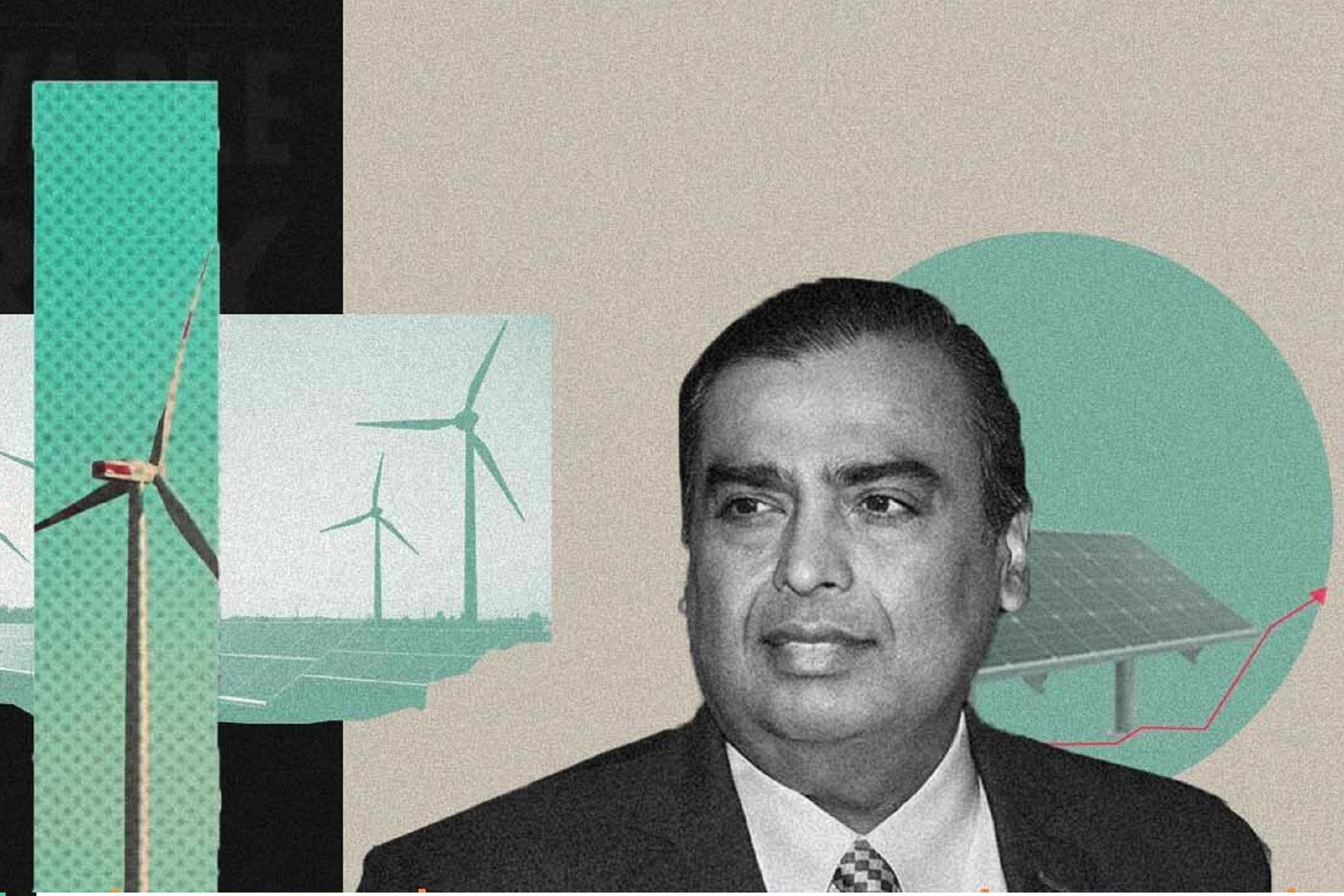
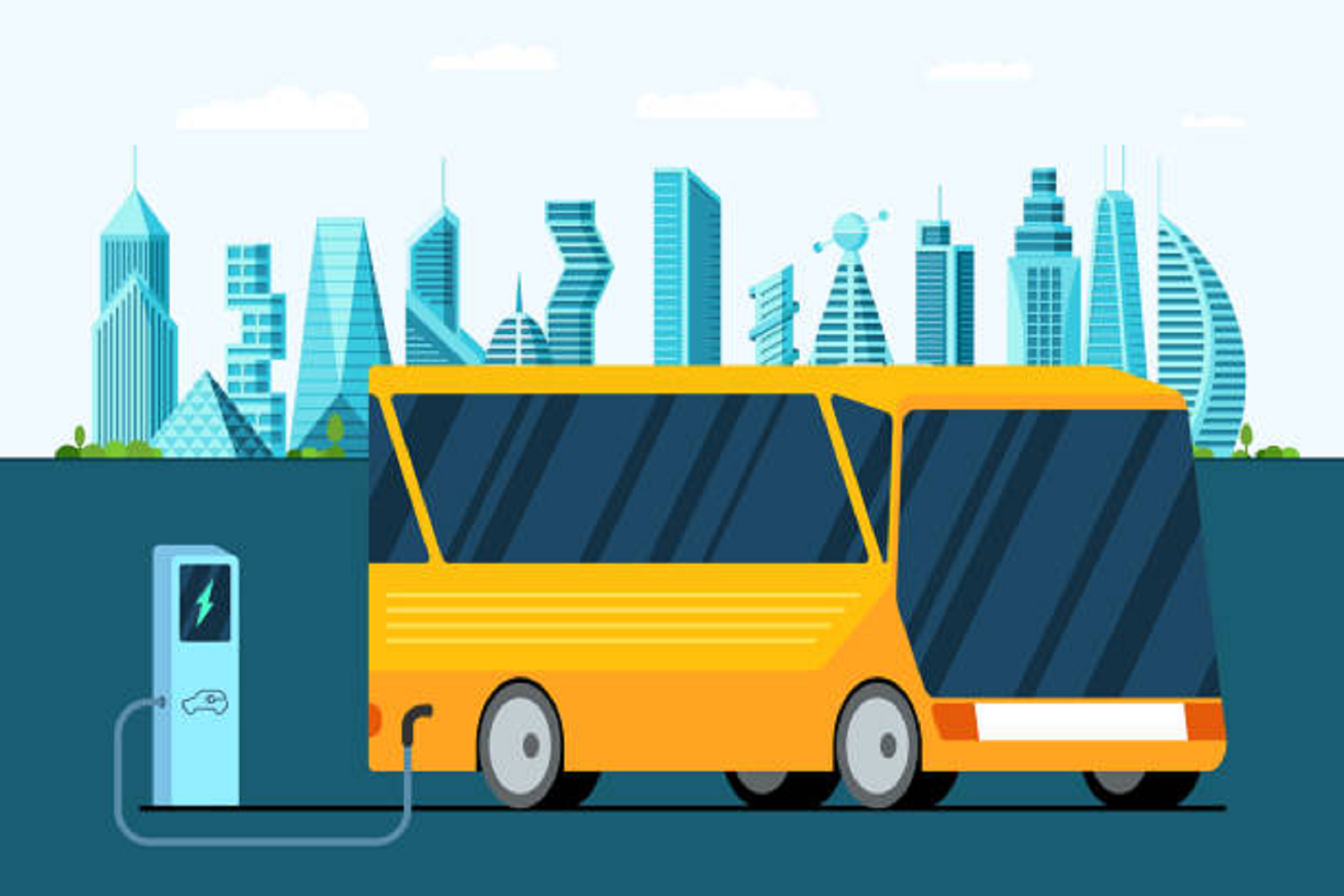
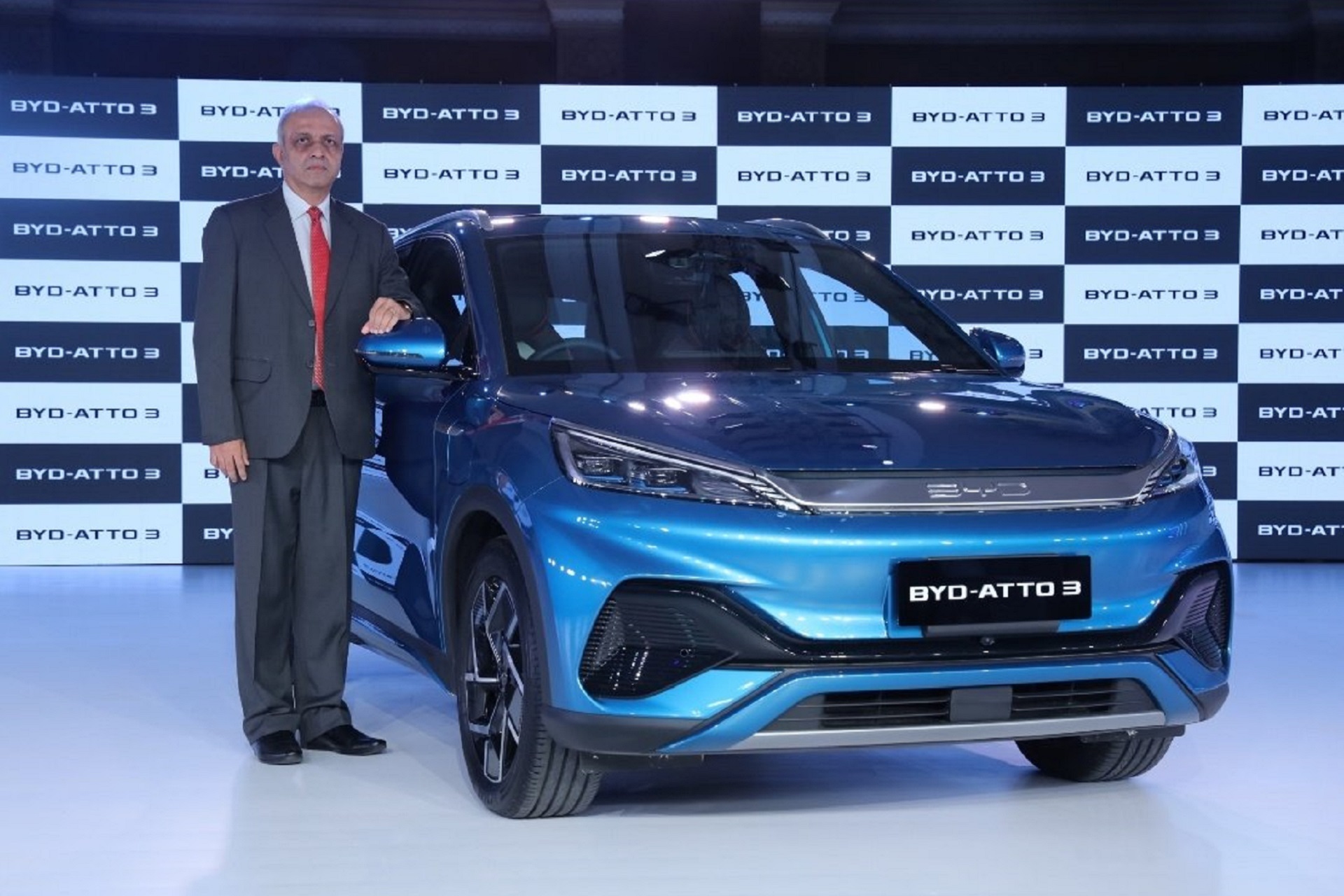
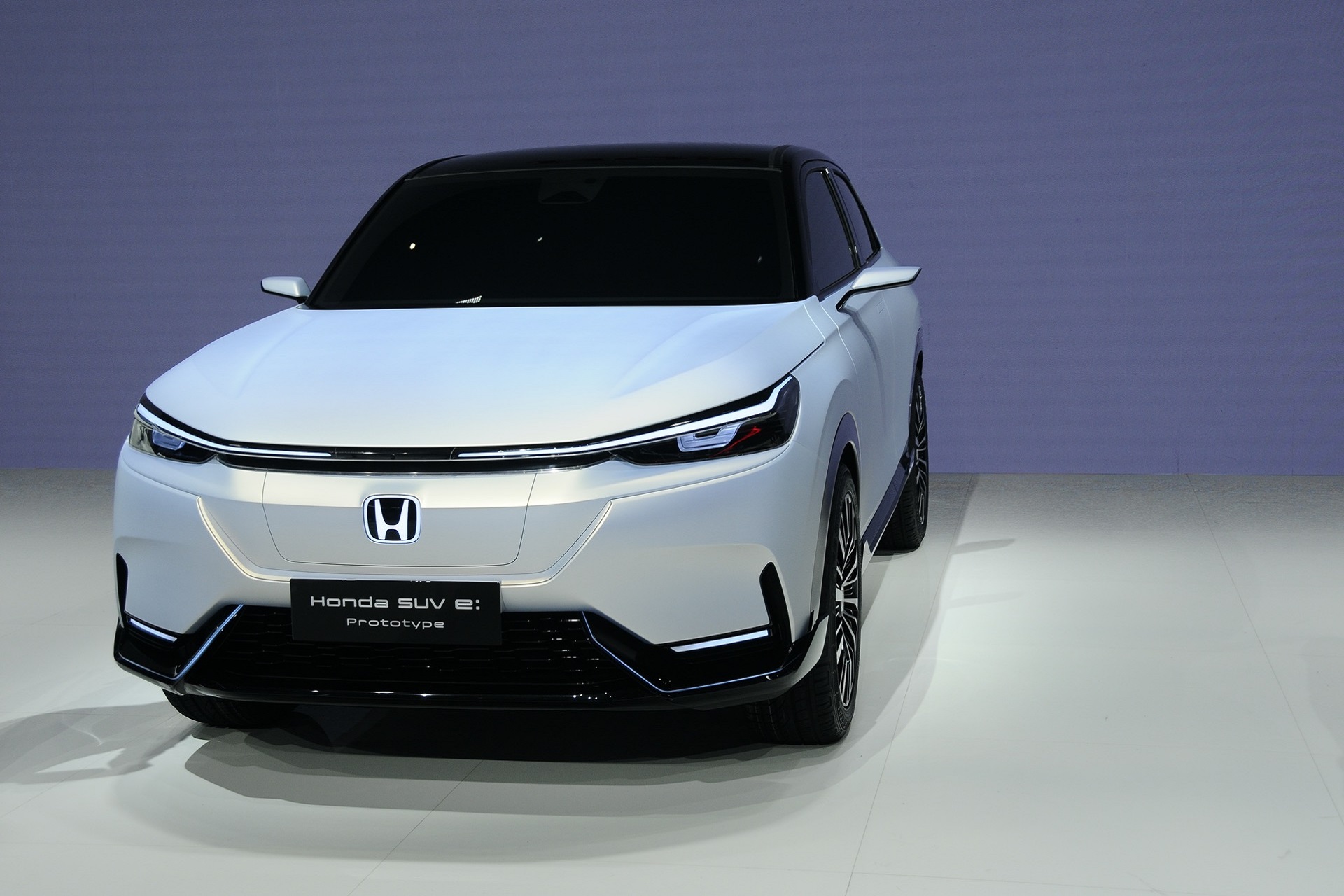
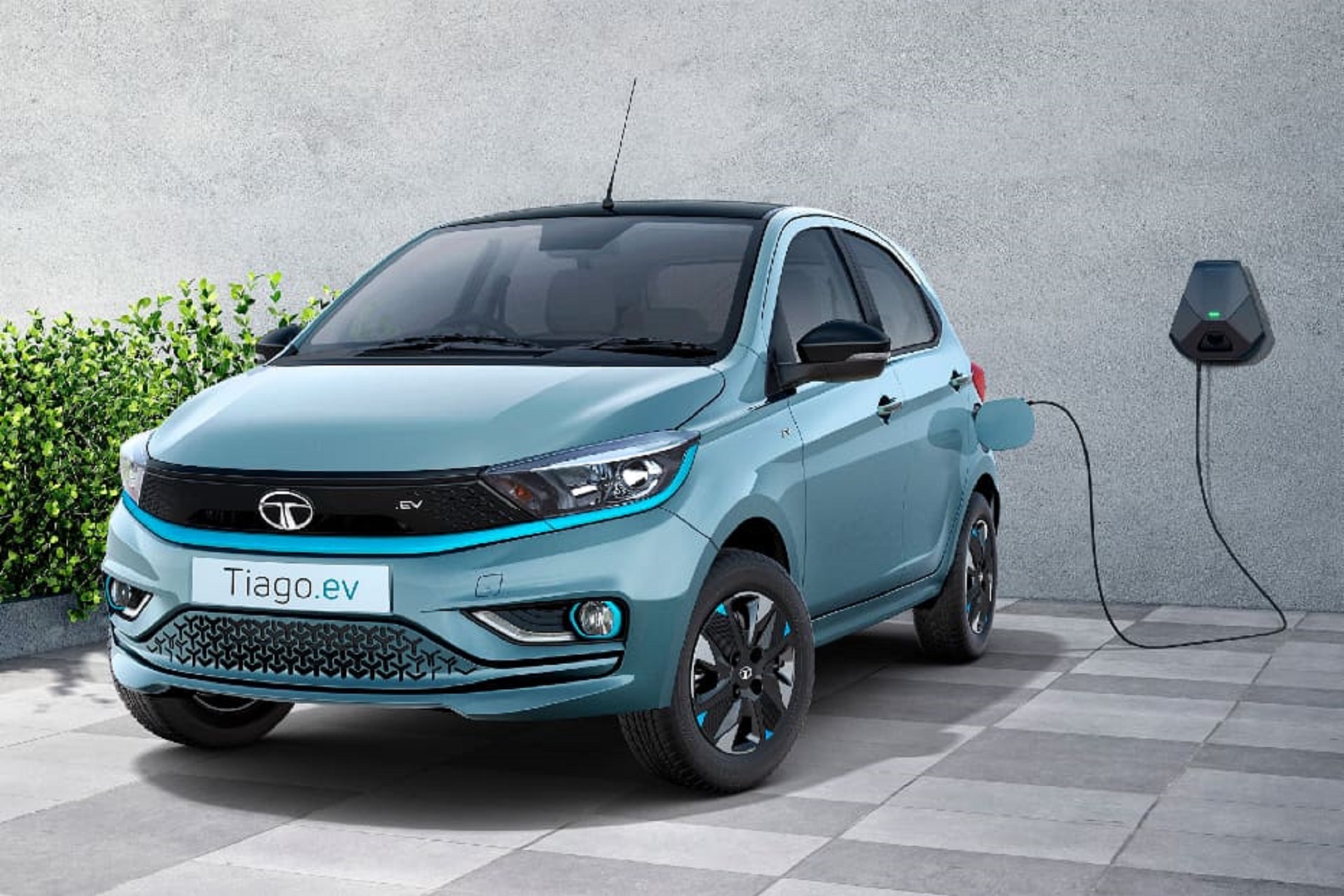


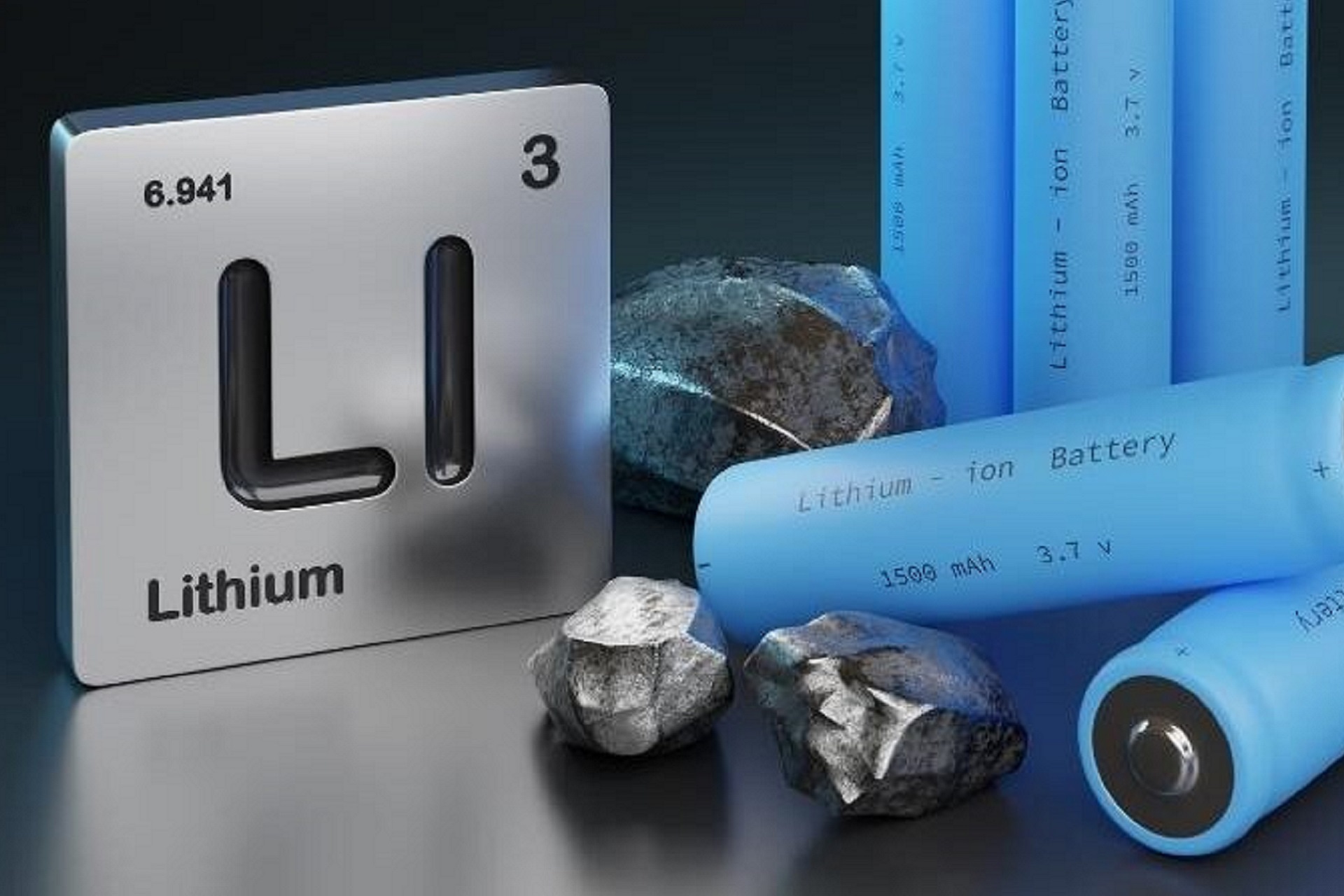
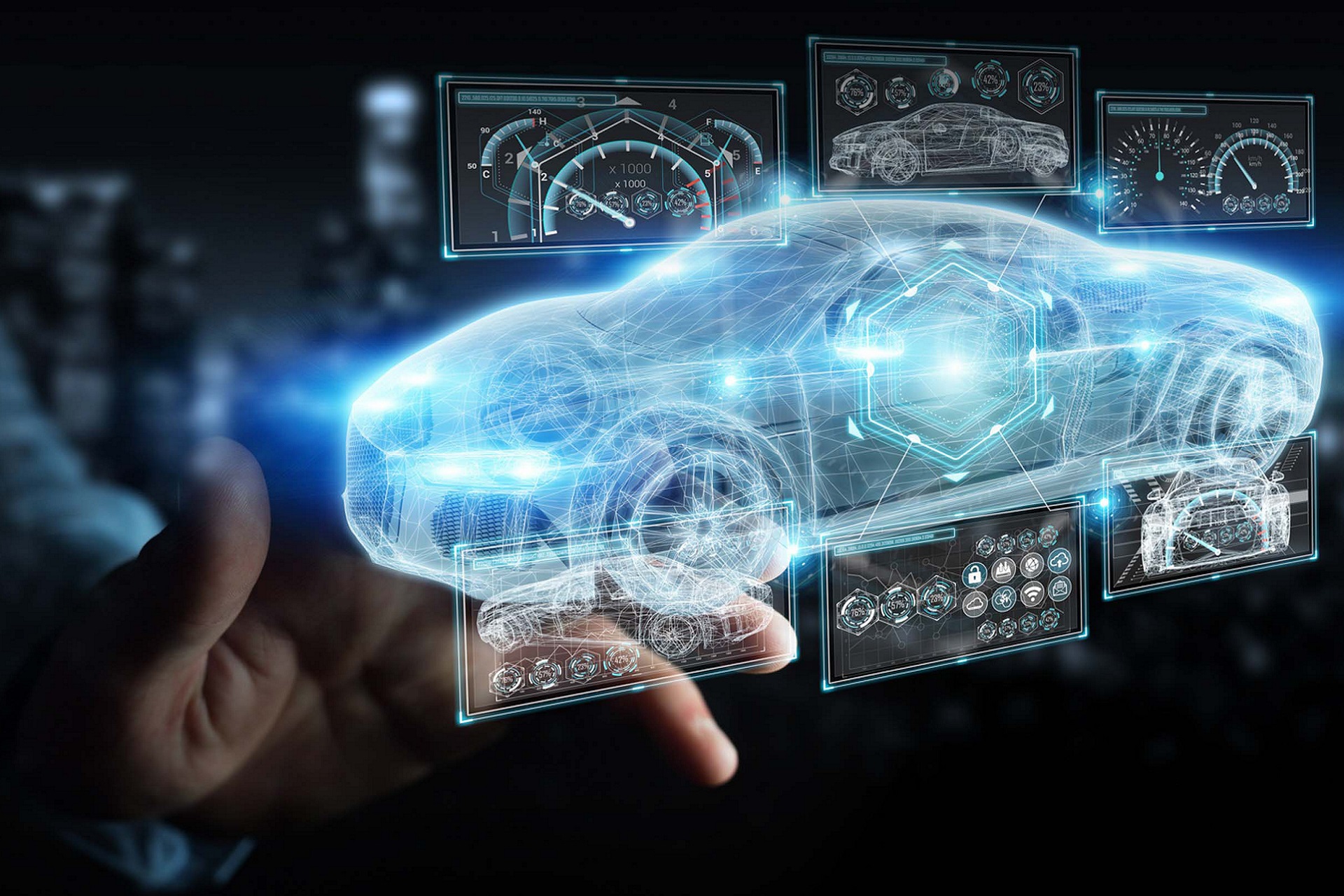

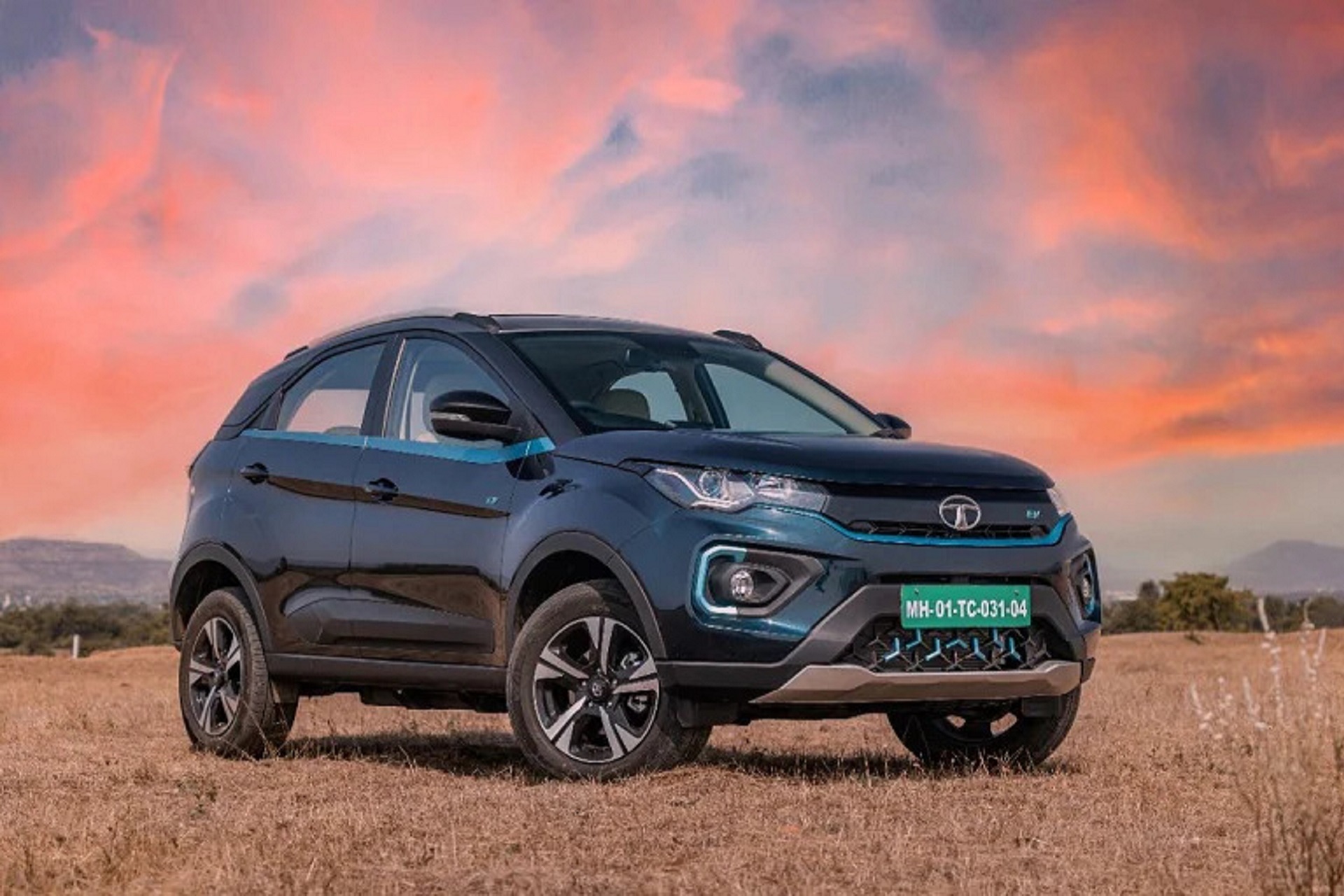
Please Login / register to post your comments!!
2 Comments
abhi
18-01-2022very informative, thanks
abhi
18-01-2022Very informative